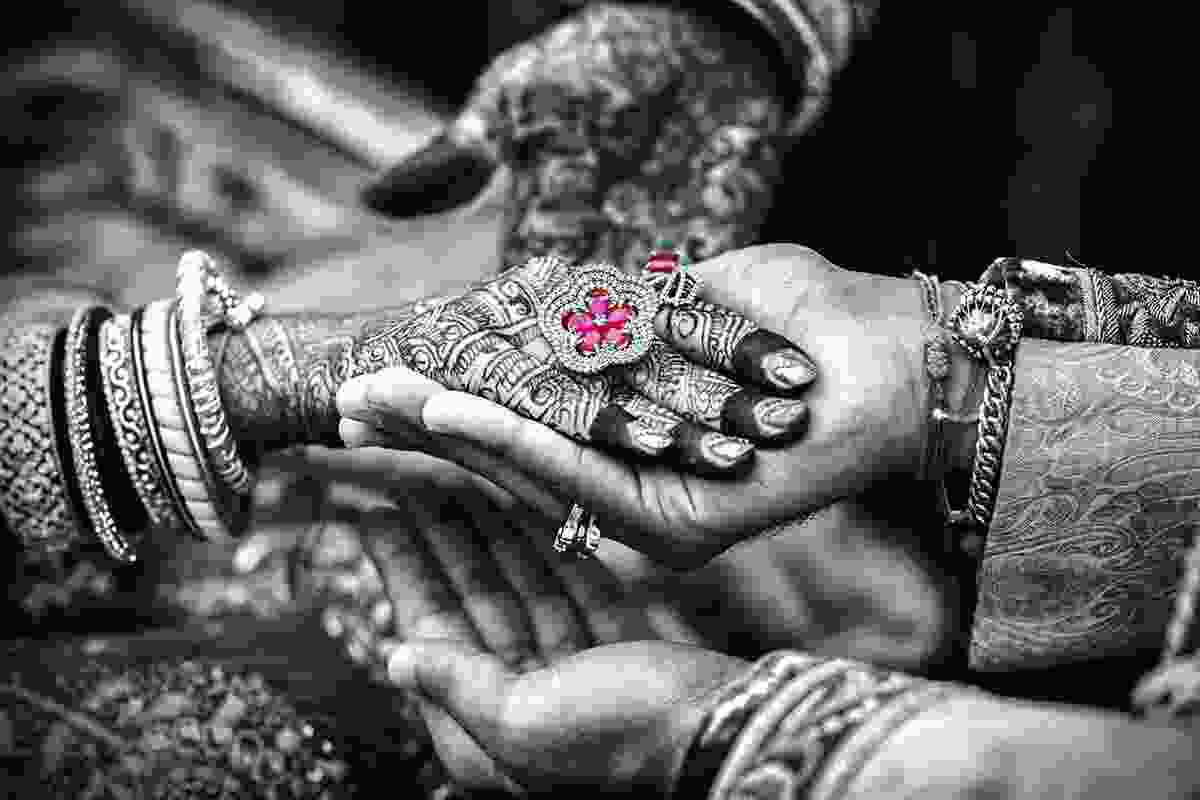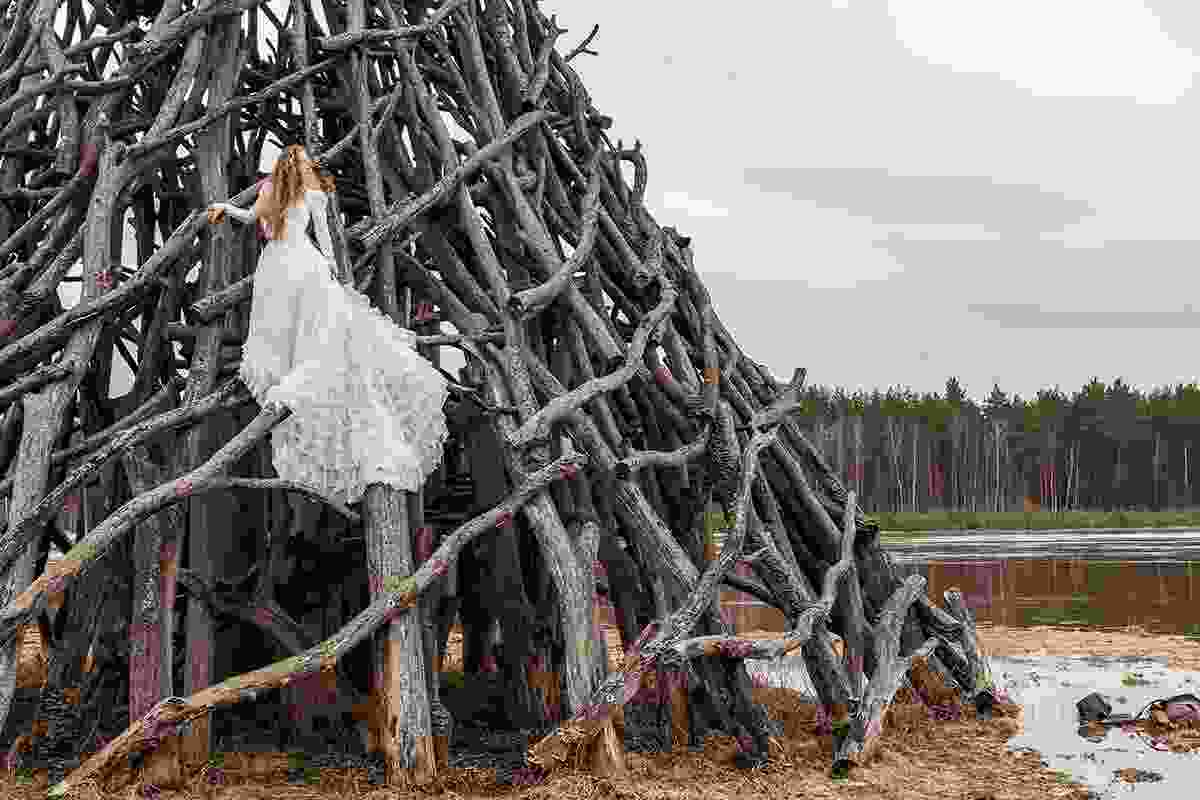rom Daguerreotypes to Dreamscapes: The Evolution of Professional Cameras
Imagine capturing a wedding with a camera the size of a washing machine, requiring minutes-long exposures. Sounds archaic, right? Yet, that’s where the journey of professional cameras began. Today, we hold pocket-sized marvels capable of freezing fleeting moments in stunning detail, a testament to the remarkable evolution of this technology.
Early Days: Capturing Light’s Essence (1800s – 1900s)
- The Daguerreotype: The first commercially successful camera, using bulky metal plates and requiring long exposure times. Imagine capturing a wedding ceremony where everyone had to hold their poses!
- The Rise of Film: Roll film arrived in the late 1800s, bringing portability and convenience. Early pioneers like Kodak made photography more accessible, shaping professional landscape and portraiture.
- The 35mm Revolution: The introduction of 35mm film in the 1930s marked a turning point. Smaller, lighter cameras like the Leica Rangefinder opened doors to photojournalism and street photography, capturing life’s candid moments.
The Electronic Age Dawns (1960s – 1990s)
- Early Digital Experiments: The 1960s saw the first digital cameras, but they were bulky, expensive, and had low resolution. Imagine wedding photos with the quality of a vintage video game!
- The DSLR Era: The 1990s brought affordable, high-resolution DSLRs (Digital Single-Lens Reflex) like the Nikon F1 and Canon EOS. These workhorses offered instant feedback, faster shooting, and interchangeable lenses, revolutionizing professional photography.
A New Era of Innovation (2000s – Present)
- Mirrorless Magic: The 2000s saw the rise of mirrorless cameras like the Sony Alpha 7 and Fujifilm X-T1. Smaller, lighter, and often packed with cutting-edge features, they challenged the DSLR’s dominance.
- Sensor Breakthroughs: Megapixel counts soared, offering incredible detail and low-light performance. Imagine capturing every tear of joy at a wedding ceremony with crystal clarity, even in dimly lit churches.
- Computational Photography: Artificial intelligence and software advancements are pushing boundaries. Imagine cameras automatically correcting flaws, suggesting creative compositions, or even stacking multiple images for stunning dynamic range.
The Future Unfolds
Looking ahead, professional cameras will likely become even smarter, lighter, and more versatile. Imagine drones capturing breathtaking aerial wedding shots, or AI-powered cameras automatically adjusting settings for perfect results. The possibilities are endless.
The journey from cumbersome daguerreotypes to pocket-sized powerhouses is a testament to human ingenuity. Professional cameras have not only documented our history but also shaped it, capturing life’s precious moments with ever-increasing detail and artistry. As technology continues to evolve, who knows what photographic wonders the future holds?
Montes dapibus cras nulla tortor taciti pede suspendisse vel consectetuer nascetur non lorem tempus tempus lacinia odio, netus cursus, nunc mi ipsum volutpat ad mus ullamcorper id neque conubia cras praesent suspendisse hac, senectus lorem curabitur. Dictum etorta aliquam integer lobortis augue. Nisi orci habitant orci risus.




